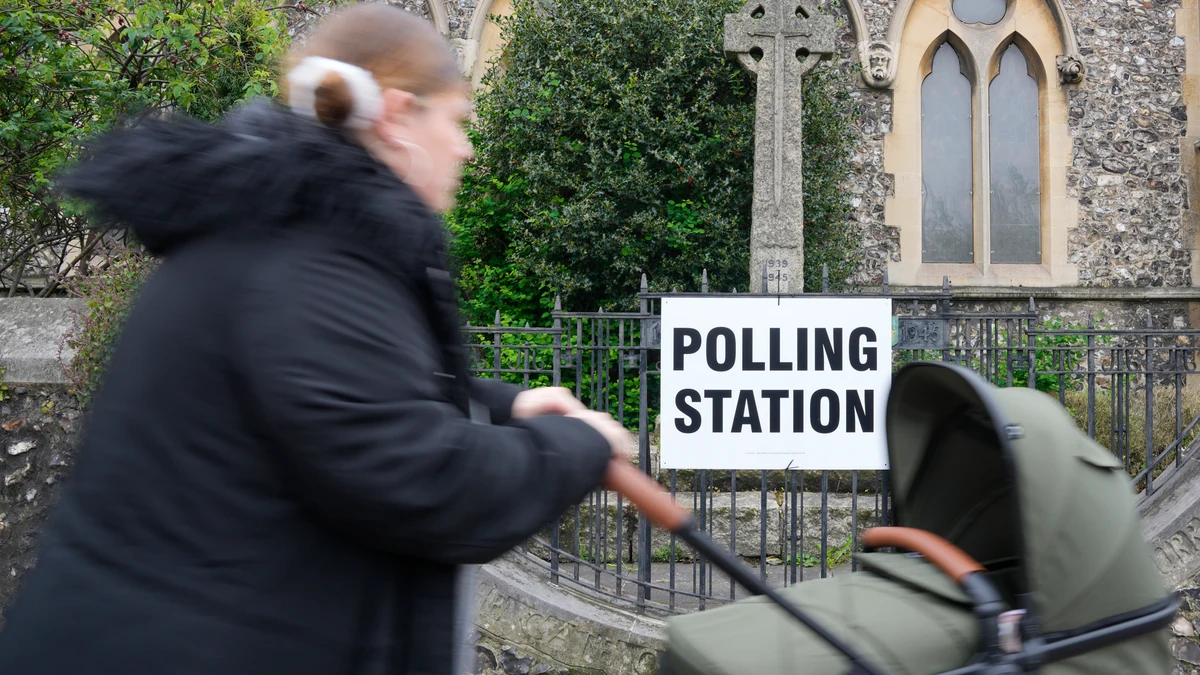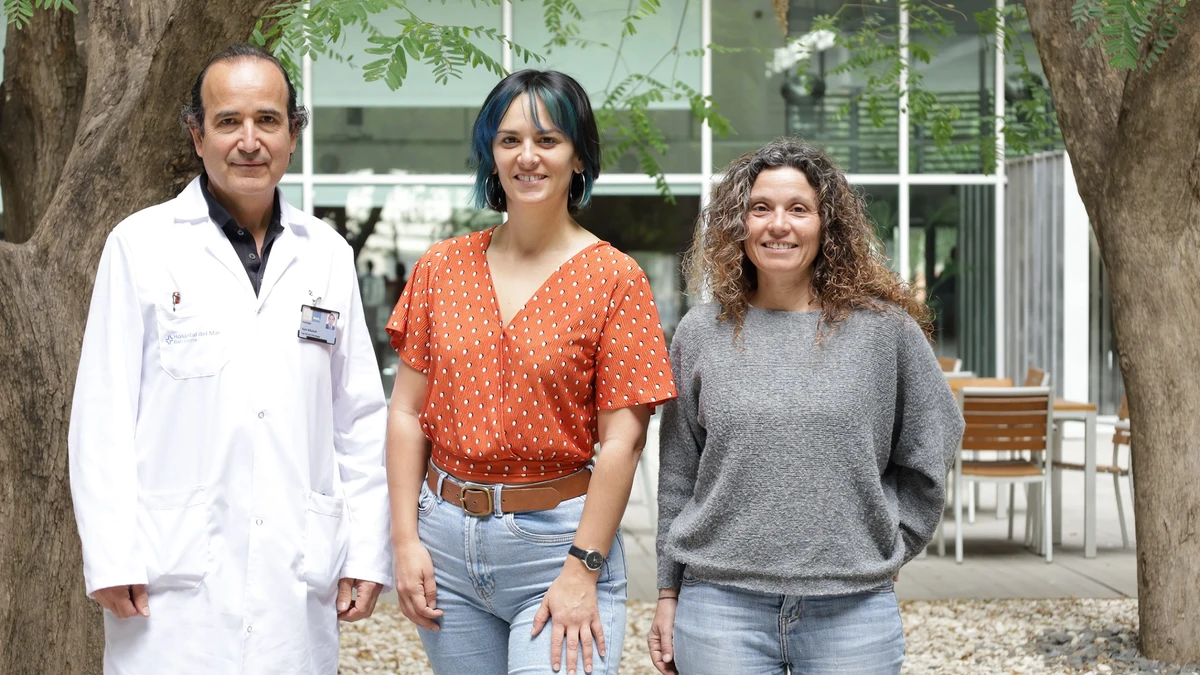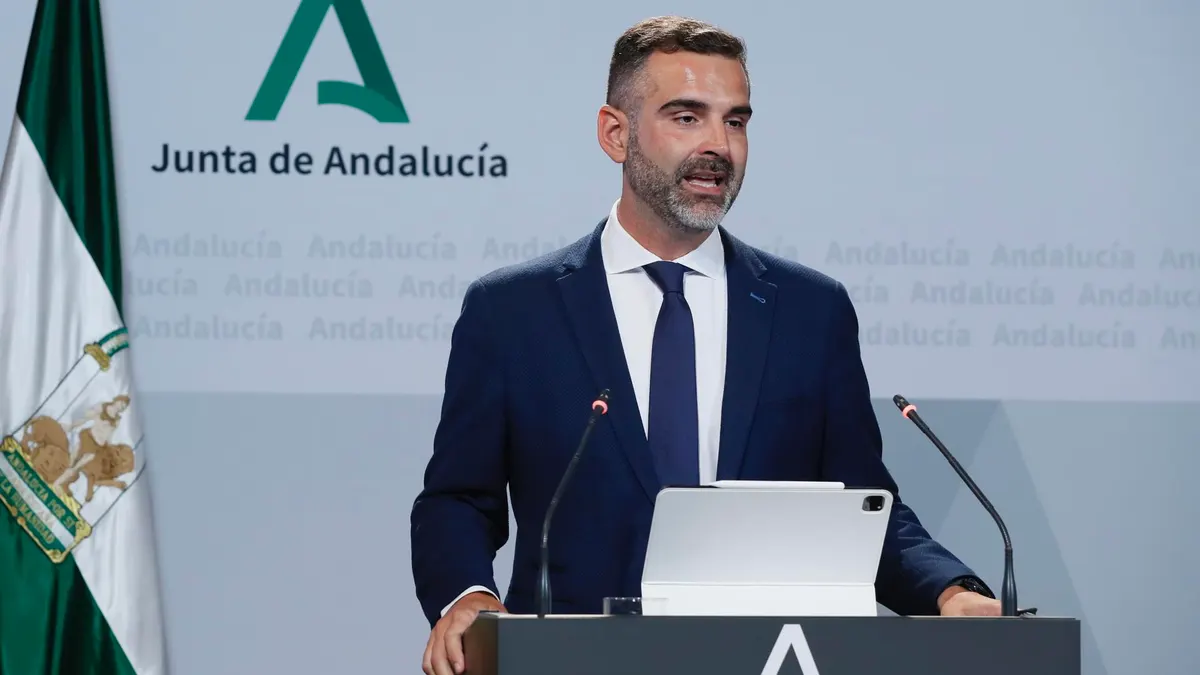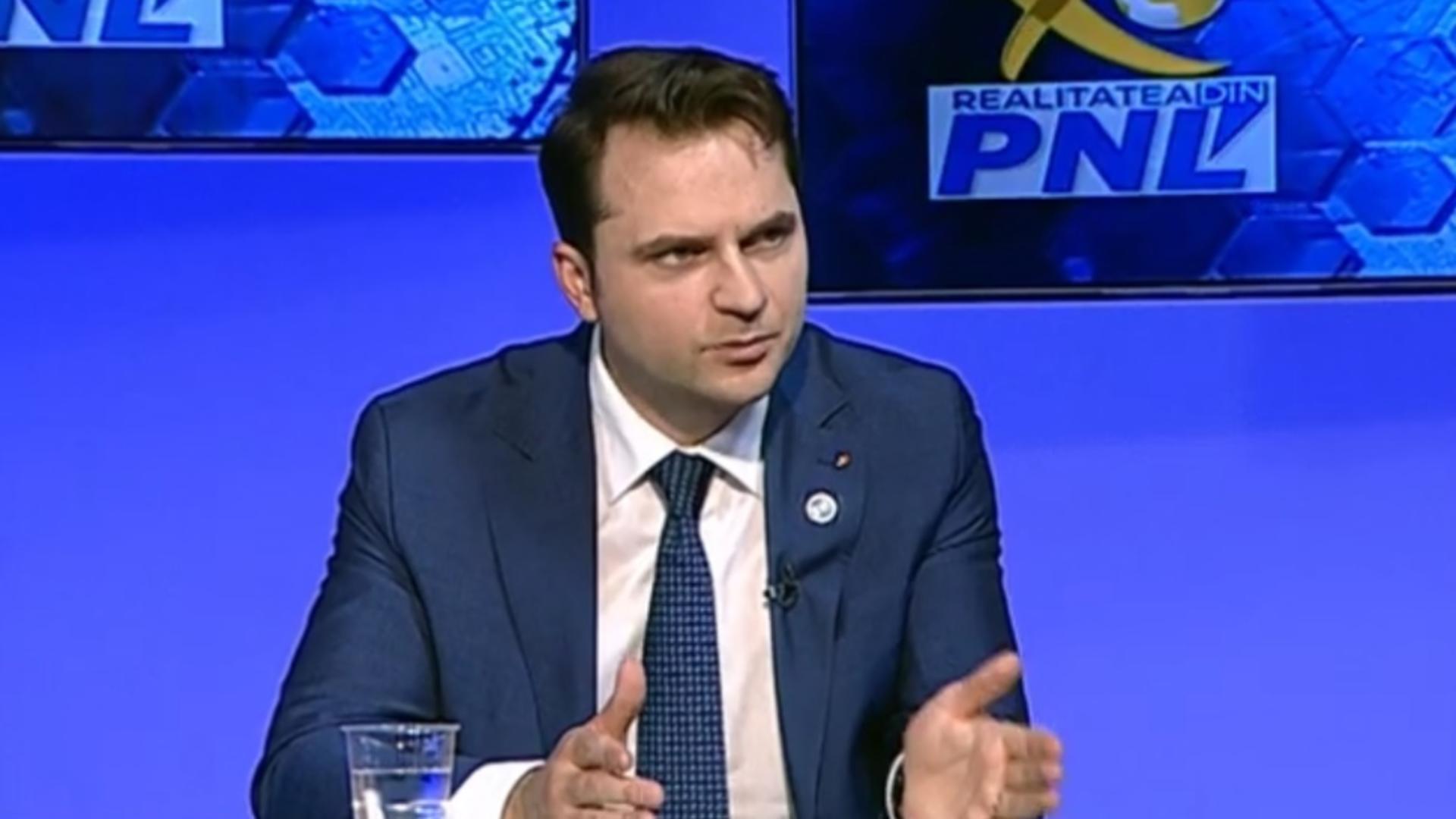Ridership on LA Metro trains and buses rose significantly in February over the same time last year, marking the fifteenth consecutive month of increases, the transit agency reported on Thursday, April 4.
Total ridership jumped 9.4% in February 2024, as compared to February 2023, equaling more than 23 million total boardings for the month.
Ridership on the system plummeted during the first two years of the COVID-19 pandemic, as offices and schools closed and riders stayed home. LA Metro has been trying to get back to pre-pandemic levels and the newest figures show bus and rail ridership reached 81% of the February 2019 ridership level.
But weekday commuter volumes are lagging behind, mostly due to white-collar employees working from home. Even employers who encourage employees to return to the workplace often use a hybrid schedule, with employees traveling to workplaces part of the work week while working from home the rest of the week.
“If they are going to the office it is on Tuesday, Wednesday and Thursday only,” said Bart Reed, executive director of the nonprofit Transit Coalition, which watches trends in transit in Los Angeles County. “Large office buildings are going bankrupt and offices aren’t being used the same way when people find out they can work from home.”
A large portion of the ridership uptick comes from “leisure travelers” who have contributed most to the ridership recovery, Metro reported. These transit users have pushed up average boardings on Saturdays to 98.4% of pre-pandemic levels in February 2019. On the four Sundays in February 2024, boardings reached about 96% of February 2019.
Riders leaving their cars in driveways and taking trains and buses on Saturdays and Sundays in February were going to sporting events, museums and concerts, Metro reported. For example, weekend ridership climbed before and after the Los Angeles Football Club (LAFC) game against the Seattle Sounders at Exposition Park, served by the E Line and various bus routes. Transit use also increased due to weekend riders heading to the Skyline LA music and art festival at downtown L.A.’s Grand Park, the Firecracker Run in Chinatown and the CicLAvia on Feb. 25 on Melrose Avenue.
Most likely the leisure rider takes rail or a bus to a soccer, football or basketball game or concert to avoid traffic tie-ups when entering and exiting venue parking lots — but also to get out of paying for parking, Reed said.
Taylor Swift fans exit a Metro shuttle outside of SoFi Stadium to attend the first night of the concert series in Inglewood on Thursday, Aug. 3, 2023. In September, LA Metro’s Ad Hoc 2028 Olympic & Paralympic Games Committee discussed the extra service and planning at the six Swift concerts as a practice to preparing for the 2028 LA Olympic Games. (Photo by Brittany Murray, Press-Telegram/SCNG)
“Especially on the weekends, people are realizing there are alternatives to getting to sporting events and not having to pay for or hassle with parking,” Reed said.
Reed said that a friend with some out-of-town guests took the 14 bus line to the Broad Museum, which is also served by the E and A train lines from the Grand Ave Arts/Bunker Hill Station. They knew others who took a car but couldn’t get a space in the museum lot and had to pay $70 to park in a nearby private lot, he said.
Metro reported increased ridership on the E and A lines, which were reconfigured nine months ago. The combined use on these two train lines equaled 2.7 million boardings in February “signaling riders are benefitting from the new Regional Connector A/E Line stations for more convenient one-seat rides to and from downtown L.A.,” Metro reported.
The agency reported that the increase is a sign that its layered system of law enforcement, Metro security officers and Metro Transit Ambassadors is bringing back riders who are concerned about crime on the system. Also, increased cleaning efforts and less wait times for trains during peak hours contributed to the increase, Metro reported.
Eli Lipmen, executive director of Move LA, a nonprofit advocating for better mass transit, said Metro’s efforts to increase patrols and cleanliness, as well as the recent GoPass program that gives students free rides, is helping bring on more riders, which in turn will reduce air pollution and greenhouse gases emitted from automobiles.
“Metro must now focus on expanding ridership beyond pre-COVID levels, with fast, frequent, reliable, safe, clean and affordable service,” Lipmen wrote in an emailed response on Thursday, April 4.
LA Metro runs six electric rail lines and 117 bus routes in L.A. County. On average, the system carries about 900,000 boardings each day.
Related Articles
Tunneling is finished on LA Metro D Line extension, a milestone for $9.5B project
Unions and gig workers win fight as Metro denies Lyft bike share contract
Transit groups rally for more Metro Ambassadors and less armed police
Sepulveda Boulevard in the San Fernando Valley gets 5.6 miles of bus-only lanes
LA City Council approves a traffic study for Dodger Stadium gondola project
Related links
Beneath DTLA, ghost trains take final testing of LA Metro Regional Connector
Downtown Regional Connector train opens after 10 years and $1.8 billion
Tunneling is finished on LA Metro D Line extension, a milestone for $9.5B project
Light-rail track from Glendora to Pomona completed, as project moves closer to opening
LA Metro light-rail project is rebranded by the public as ‘Southeast Gateway Line’





